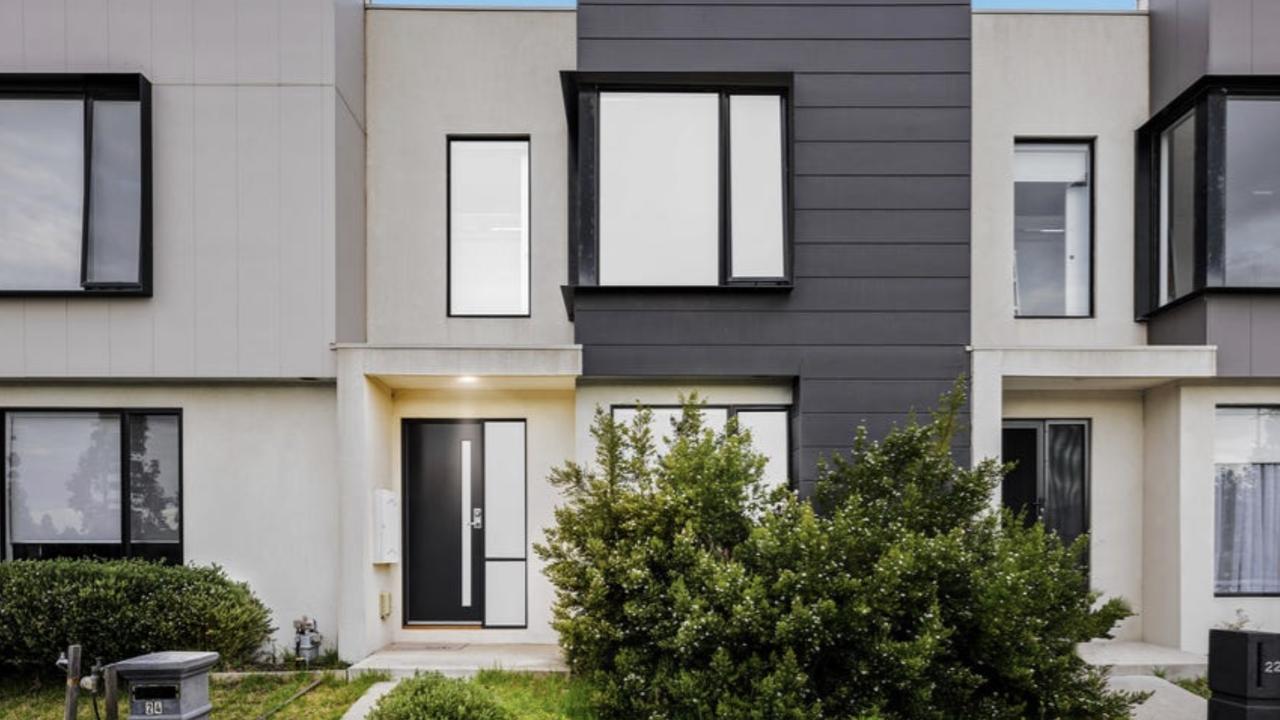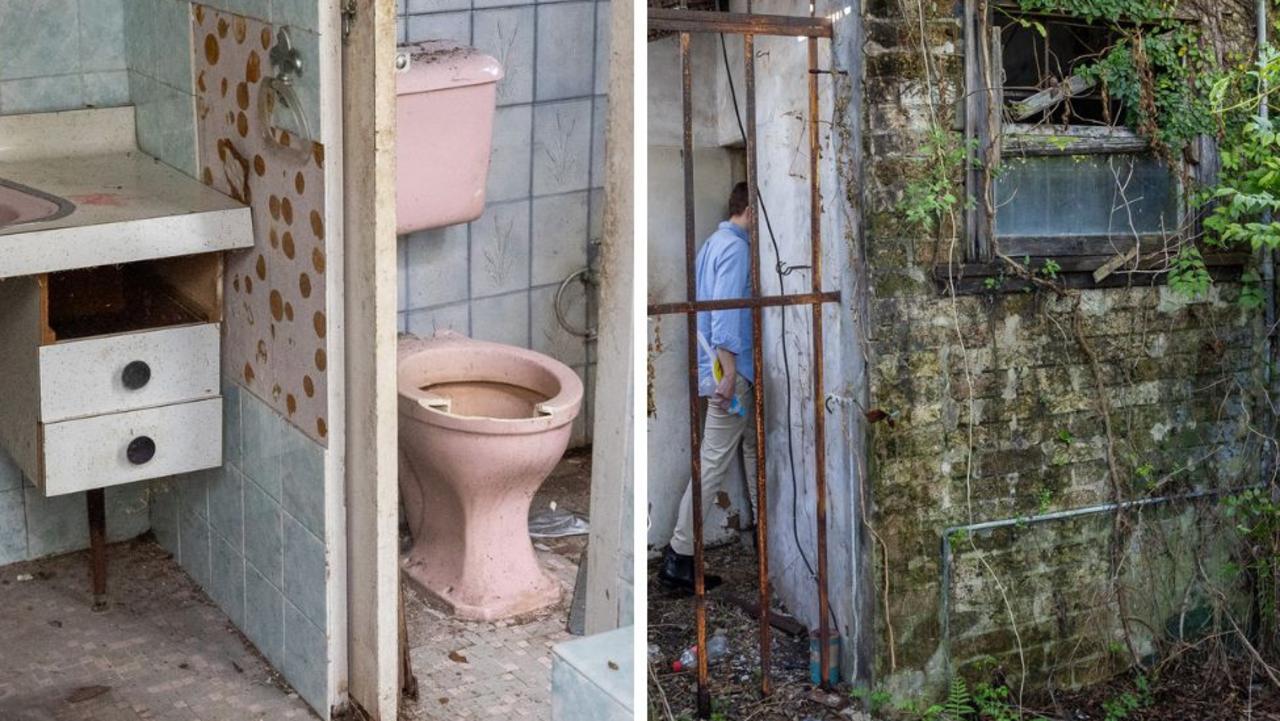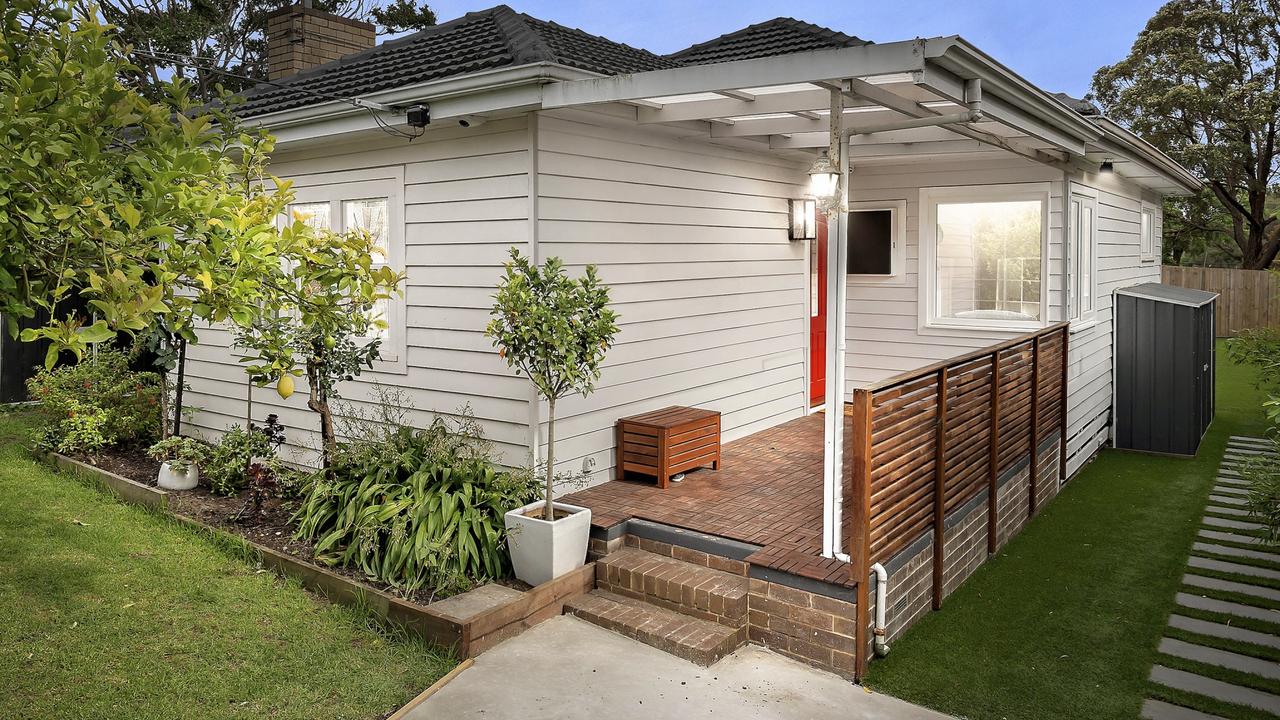Sydney in property bubble ‘risk zone’
SYDNEY’S property market is one of the riskiest in the world, a report has warned. The price boom “may end rather abruptly”.
SYDNEY’S property market is one of the riskiest in the world, with “excessively” low interest rates and a flood of Chinese money pushing prices up well into “bubble” territory, a new report has warned.
According to UBS’ Global Real Estate Bubble Index for 2016, Sydney ranks fourth behind Vancouver — the riskiest city on the list — London and Stockholm.
Munich and Hong Kong rounded out the six global financial centres in the “bubble risk zone”, where house prices have increased by almost 50 per cent on average since 2011.
“In the other financial centres, prices have only risen by less than 15 per cent,” the report said. “This gap is out of proportion to differences in local economic growth and inflation rates.”
The investment banks joins growing predictions of a looming “crisis” in the Australian housing market — all of which have so far failed to eventuate.
UBS’ index is calculated based on a combination of price-to-income, price-to-rent, change in mortgage-to-GDP ratio, change in construction-to-GDP ratio, and relative price-city-to-country indicator.
“The term bubble refers to a substantial and sustained mis-pricing of an asset,” the report said.
“Their existence cannot be proven conclusively unless they burst, but recurring patterns of property market excesses are observable in the historical data.
“Typical signs are a decoupling of prices from local incomes and rents, and distortions of the real economy, such as excessive lending and construction activity.”
According to UBS, the six cities in its bubble risk zone are at an “elevated risk of a price correction”.
“The discrepancies have emerged out of a mix of optimistic expectations, capital inflows from abroad and loose monetary policy,” it said.
“The weak economic foundations of the latest price boom make the housing markets in those cities vulnerable.”
UBS warns a change in macroeconomic momentum, a shift in investor sentiment or a major supply increase “could trigger a rapid decline in house prices”.
“Investors in overvalued markets should not expect real price appreciation in the medium to long run,” the report said.
The common factor in cities on UBS’ index is “excessively low interest rates, which are not consistent with the robust performance of the real economy”.
In Australia, the Reserve Bank slashed the official cash rate to a new historic low of 1.5 per cent last month, economists believe it could move as low as 1 per cent.
“[Countries] such as Australia, Canada and the UK are ... keeping their interest rates artificially low,” wrote UBS head of global real estate Claudio Saputelli. “When combined with rigid supply as well as sustained demand from China, this has produced an ideal setting for excesses in house prices.”
Sydney, which showed the lowest index score of all Asia Pacific cities on the list in 2012, now tops all other cities in the region.
“Sydney’s housing market has been overheating since the city became a target for Chinese investors several years ago,” the report said.
“Real housing prices peaked in the second half of 2015 after an increase of 45 per cent since mid-2012. Since then, prices have corrected by a low single-digit.
“The Australian residential market is influenced by a rapidly growing foreign demand (in particular, Chinese), which has tripled in value over the last three years.”
But increasing supply and further tax measures to reduce foreign housing investments “may end the price boom rather abruptly”.
It comes as a survey by Mortgage Choice found nearly 40 per cent of first home buyers who purchased within the past two years couldn’t but a home where they wanted, with nearly nine in 10 saying properties in their desired area were out of their price range.
“In Sydney and Melbourne, property prices climbed 11.3 per cent and 11.5 per cent respectively over the 12 months to July 2016,” Mortgage Choice chief executive John Flavell said.
“As a result, these cities boast median dwelling prices above $500,000. Understandably, it can be very difficult for many first home buyers to save the deposit needed to buy a home worth at least $500,000.”
Earlier this week, an analysis by Finder.com.au found those living on the average NSW salary of about $83,000 a year would only be able to afford a typical house in just one of Sydney’s 600 suburbs — Wilmot.




